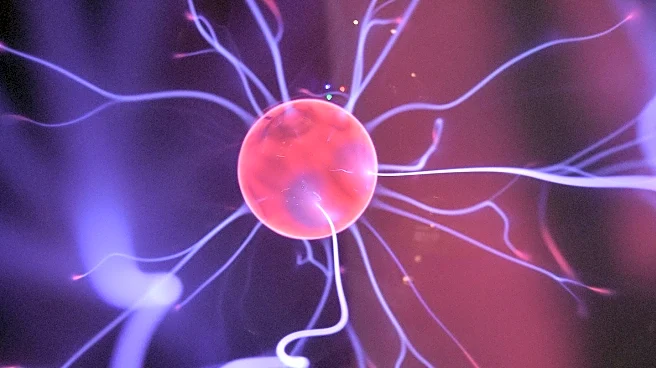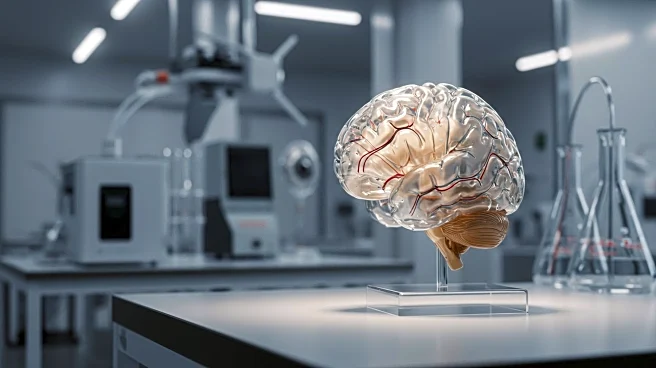Rapid Read • 8 min read
Recent advancements in graphene optoelectronic actuators have demonstrated significant potential in non-genetic neuromodulation, particularly for disease models, stem cell maturation, and biohybrid robotics. The study highlights the use of reduced graphene oxide (rGO) interfaces, which are synthesized through green chemistry methods, to facilitate precise optical stimulation of neurons. This technology leverages the high optical transparency and broadband light absorption properties of graphene, enabling effective monitoring and modulation of neuronal activity. The research employs various analytical techniques, including Raman spectroscopy and scanning electron microscopy, to characterize the graphene materials and their interaction with neuronal cultures. The integration of graphene with human induced pluripotent stem cells (hiPSCs) and brain organoids further underscores its applicability in advanced biological systems.
AD
The development of graphene optoelectronic actuators represents a significant leap in the field of neuromodulation, offering a non-invasive method to influence neuronal activity. This technology has profound implications for medical research, particularly in understanding and treating neurological disorders. By enabling precise control over neuronal networks, researchers can better model diseases and explore potential therapies. Additionally, the application of graphene in biohybrid robotics opens new avenues for creating responsive and adaptive robotic systems, potentially revolutionizing industries such as healthcare and manufacturing. The ability to interface biological systems with electronic devices could lead to innovative solutions in prosthetics and bioengineering.
Future research is likely to focus on optimizing the integration of graphene interfaces with various biological systems, enhancing their functionality and efficiency. There is potential for expanding the use of graphene optoelectronic actuators in clinical settings, particularly for personalized medicine and targeted therapies. As the technology matures, collaborations between neuroscientists, engineers, and medical professionals could accelerate the development of practical applications, such as advanced prosthetics and biohybrid robots. Regulatory considerations and ethical implications will also need to be addressed as these technologies move closer to commercialization.
The ethical and cultural dimensions of integrating biological systems with electronic devices are significant. As this technology progresses, it raises questions about the nature of human-machine interaction and the potential for enhancing human capabilities. Legal frameworks will need to evolve to address issues of privacy, consent, and the potential for misuse. Long-term shifts in societal norms and values may occur as these technologies become more prevalent, influencing how we perceive human identity and agency.
AD
More Stories You Might Enjoy










